To many, the Vatican is synonymous with only the Pope (‘la papa’), the oft-bald aged man who dons a cap and is religiously seen wearing a white gown. It wasn’t until I lived in Rome – years after I’d initially visited the cappella sistina on vacation - that my understanding extended beyond the Pope and his daily attire. Living close-by and having to cross the smallest country in the world on foot en route to work once a week enlightened me to a few facts I’d not previously known.

It IS a Country
The Vatican may often be perceived as simply a religious enterprise nestled comfortably within the confines of its historical comrade: Rome.
Referred to more colloquially as The Vatican, it is in fact Vatican City – and Holy See - and it constitutes an independent city-state, covering 0.44 square kilometres of ground (smaller than most big city parks). More interestingly, according to the United Nations, it is – contentiously - classified as a country (and listed as Holy See).
Thus, on my journey to work every Wednesday afternoon, I was walking through a different country.
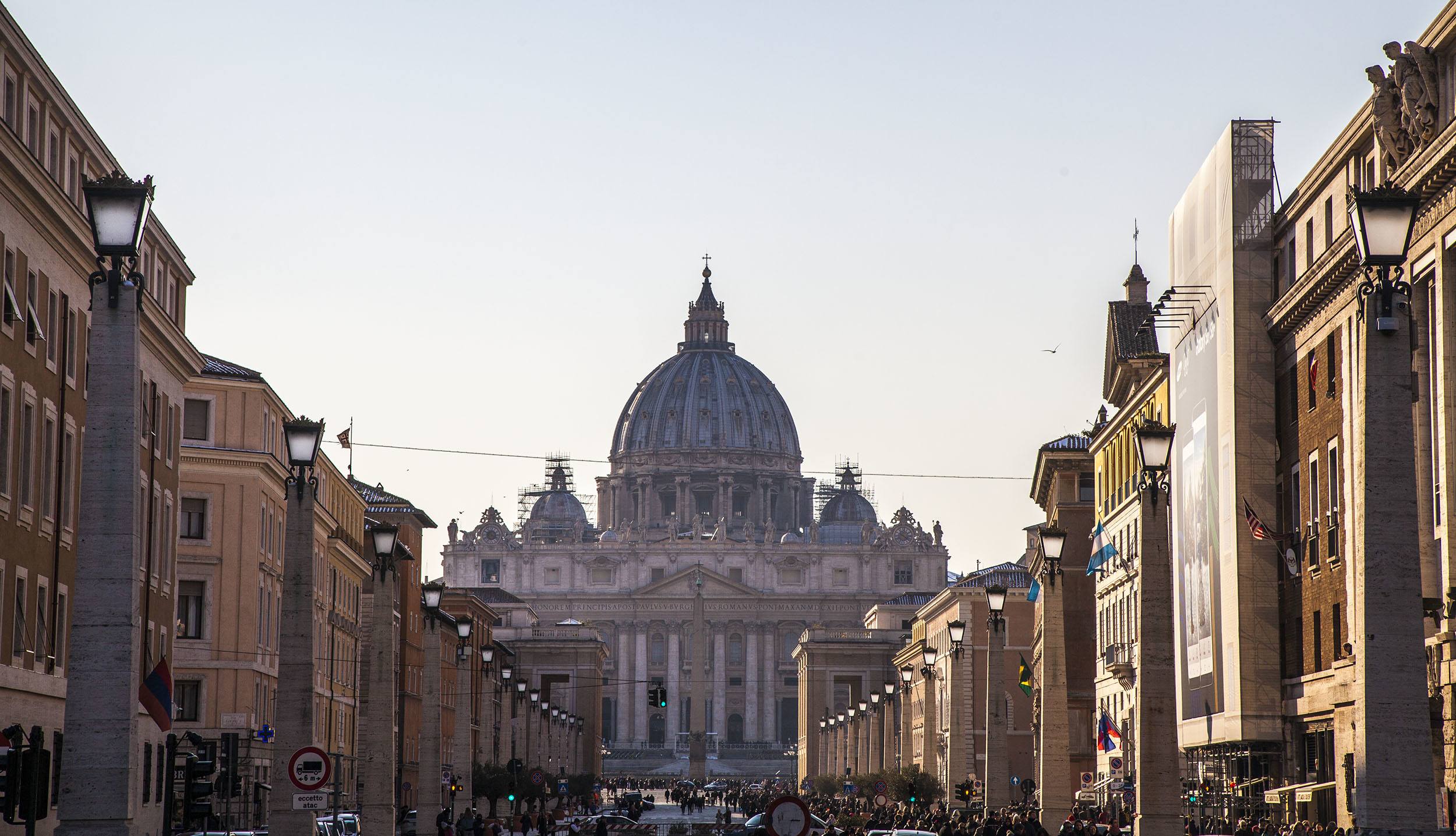
As the central seat of administration of the Roman Catholic Church, it does not exist specifically to govern or oversee its six hundred citizens and, therefore, doesn’t technically meet all the criteria for acceptance into the United Nations as a country. As such, confusion arises – and leaves me confused – regarding its actual status.
It doesn’t have its own services and, as such, utilises many provided by the Italian Government - for example, la Polizia (who guard public spaces along with the Swiss Guard). It does, though, have its own postal service that I learned - through trial and error - to be more reliable than Poste Italiane.
It Offers the Best Broad-Sweeping Views of Rome
Several weeks before I left Rome, I shocked a friend after revealing, “I’ve never been to the top St Peter’s Basilica.”
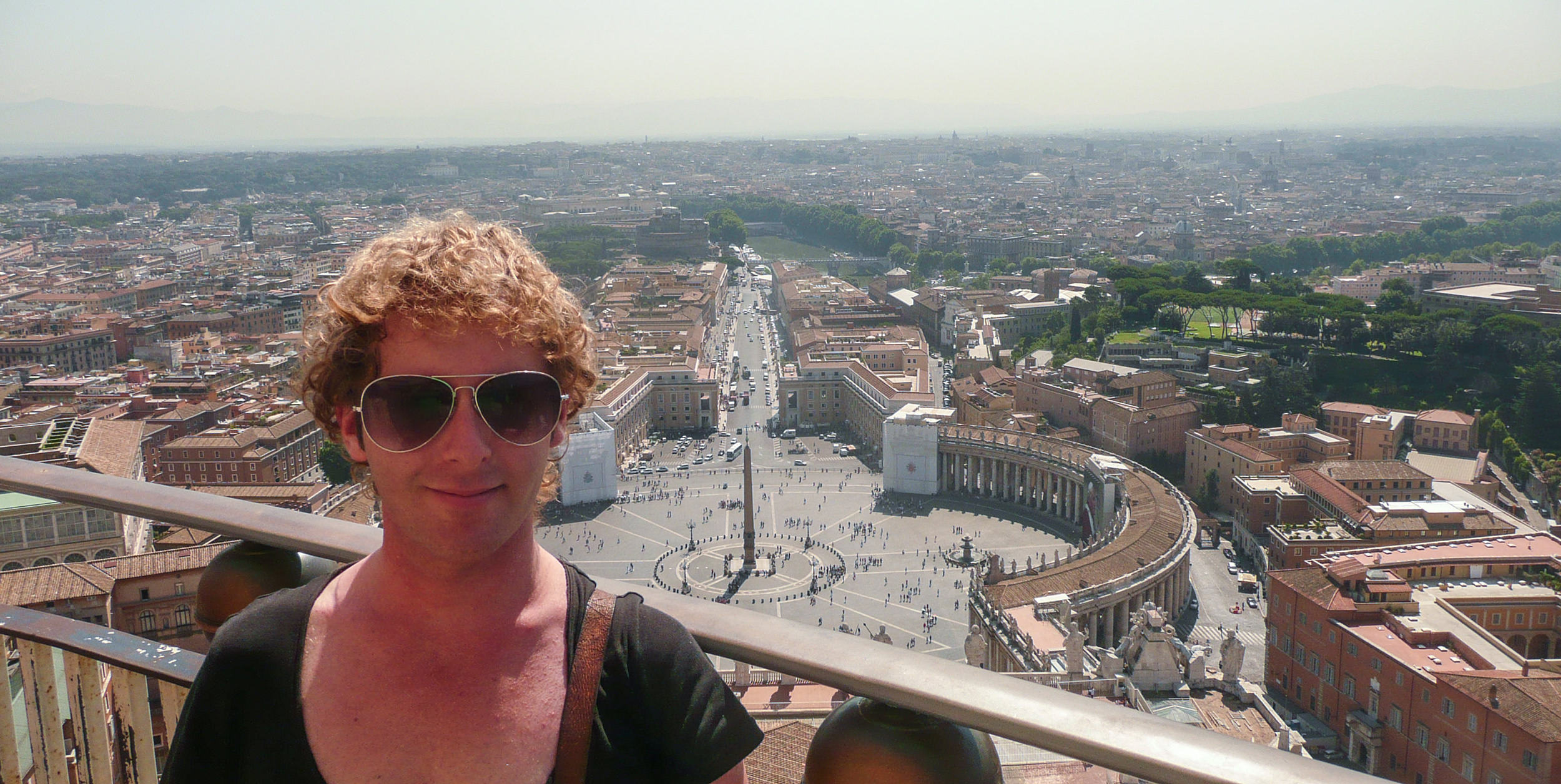
As the largest church in the world – located inside Vatican City - at the head of Via della Conciliazione, it is ideally positioned to provide broad sweeping views of Rome, a city that endlessly reflects a glint of ancient grandeur.
Looking directly forward from ‘the summit’ takes your eyes on an historical journey: after arriving at Castel Sant'Angelo and crossing the Tiber, moving right goes to the Colosseo, left to Villa Borghese and diritto – or directly ahead – to the grand church Santa Maria degli Angeli e dei Martiri.
It could be construed as ‘history porn’ to those excited by architectural antiquity.
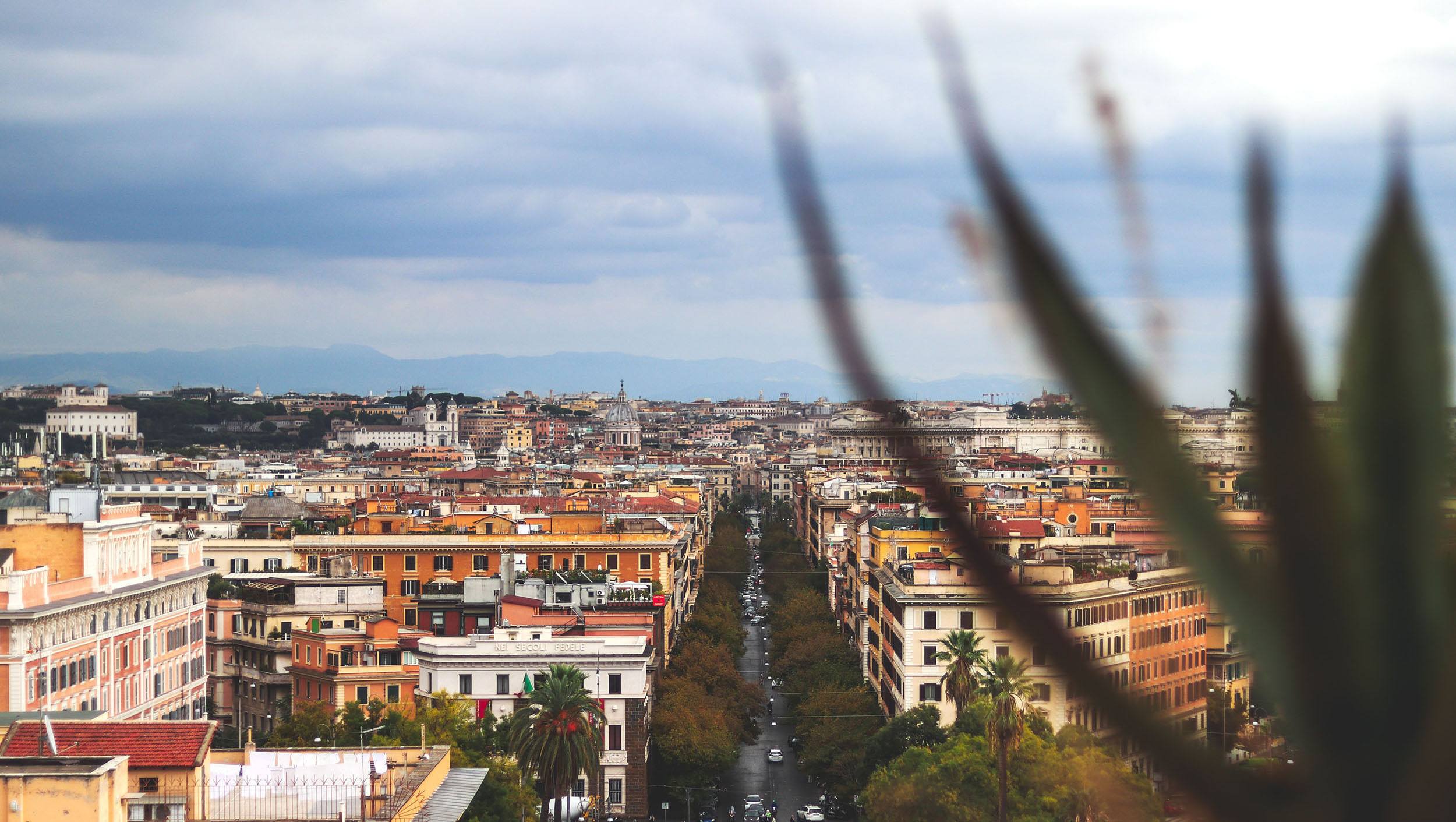
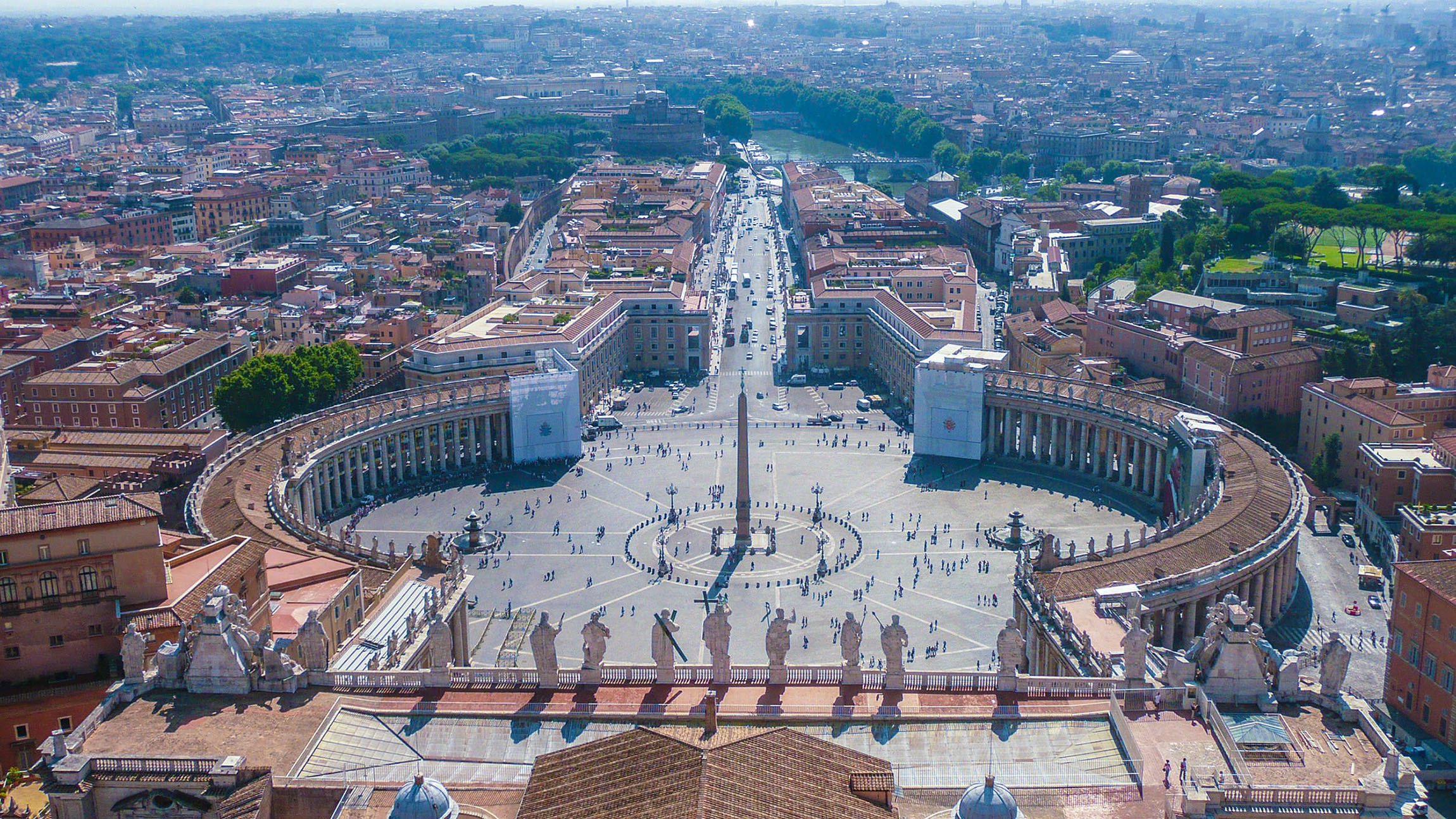
Note that dress requirements are mandated, particularly in summer when temperatures soar. Dress modestly, otherwise entry will be denied, particularly if wearing anything that exposes shoulders (such as singlets), knees (for example shorts) or cleavage (which is obvious).
It Contains the Pope’s ‘Private Chapel’
The cappella sistina – or Sistine chapel – is internationally renowned for exhibiting the master craftsmanship of Michel Angelo. It is located within Vatican City, to the side of St Peter’s Basilica.
Perhaps unknown to many, though, is the fact it is and always has been the Pope’s private chapel in which elections – among other matters – have been and are still undertaken.
The ceiling, painted at the outset of the sixteenth century, is a beautiful canopy that oversees papal activities – an unsuspecting fly on the wall.
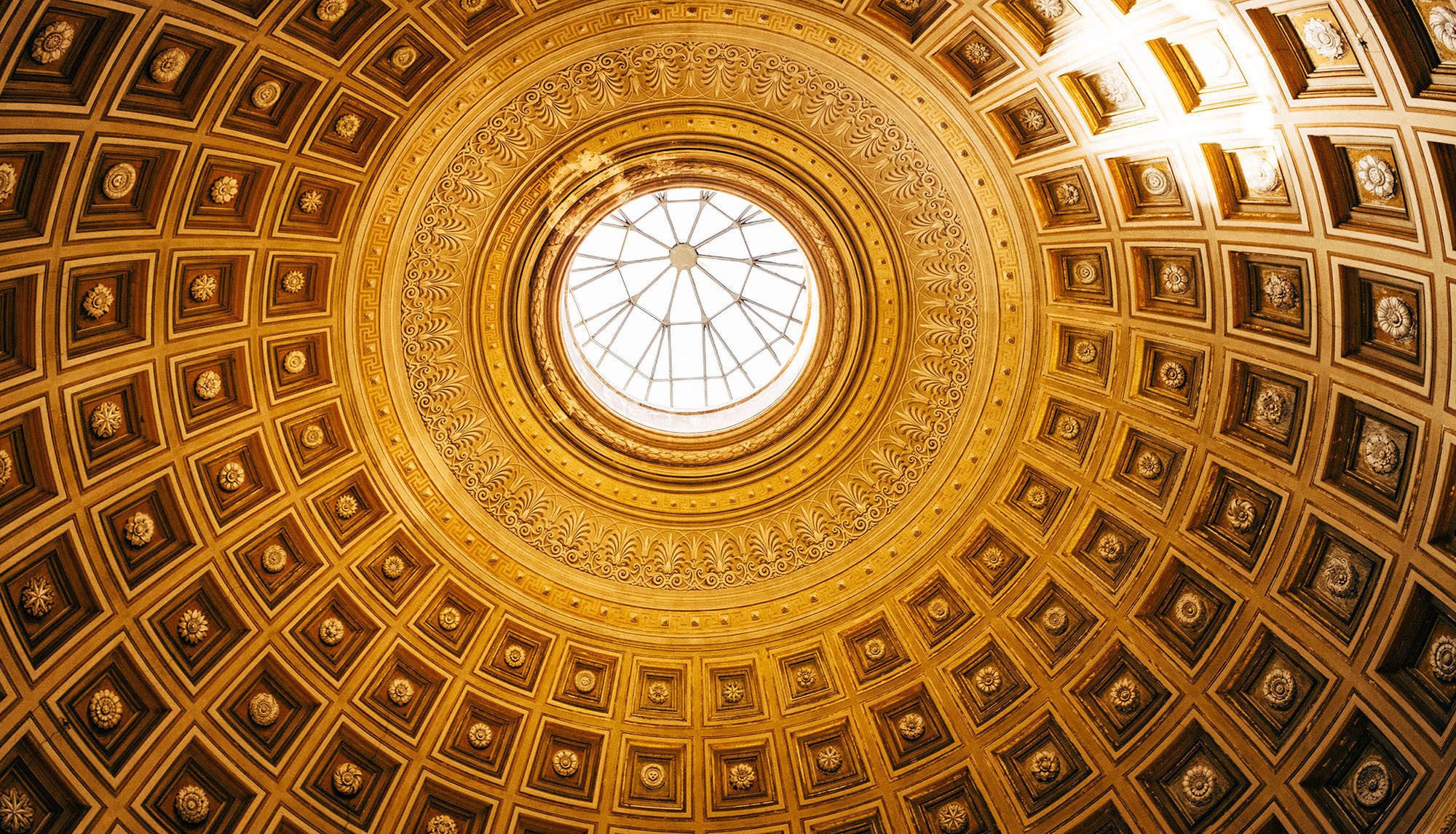
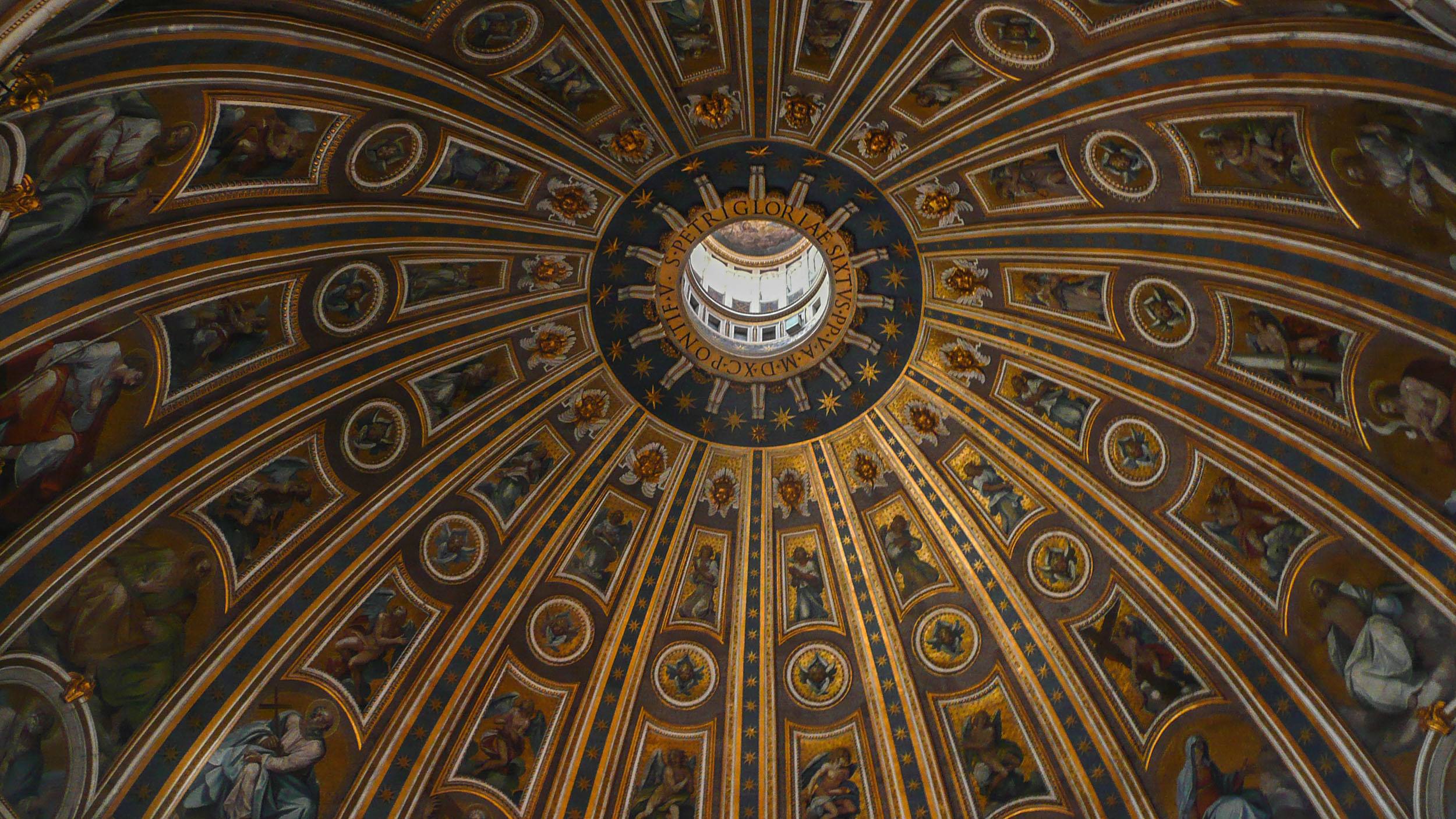
Contrary to popular anecdotal belief, the artist – whose fame withstands time - used a platform on which to access the ceiling to carry out his work.
Entry into the chapel is free on the last Sunday of every month. Be warned, though, that crowds amass by nine in the morning so go early to avoid being trampled.
There Are Reports of Scandalous Affairs
Over the years, news of scandals from within the church have received widespread international attention. From hidden sexual affairs – such as a high-end prostitute providing regular ongoing visits to archbishops – to child molestation, the Holy See has attracted a lot of negative attention, much of which has been denied by the papacy.
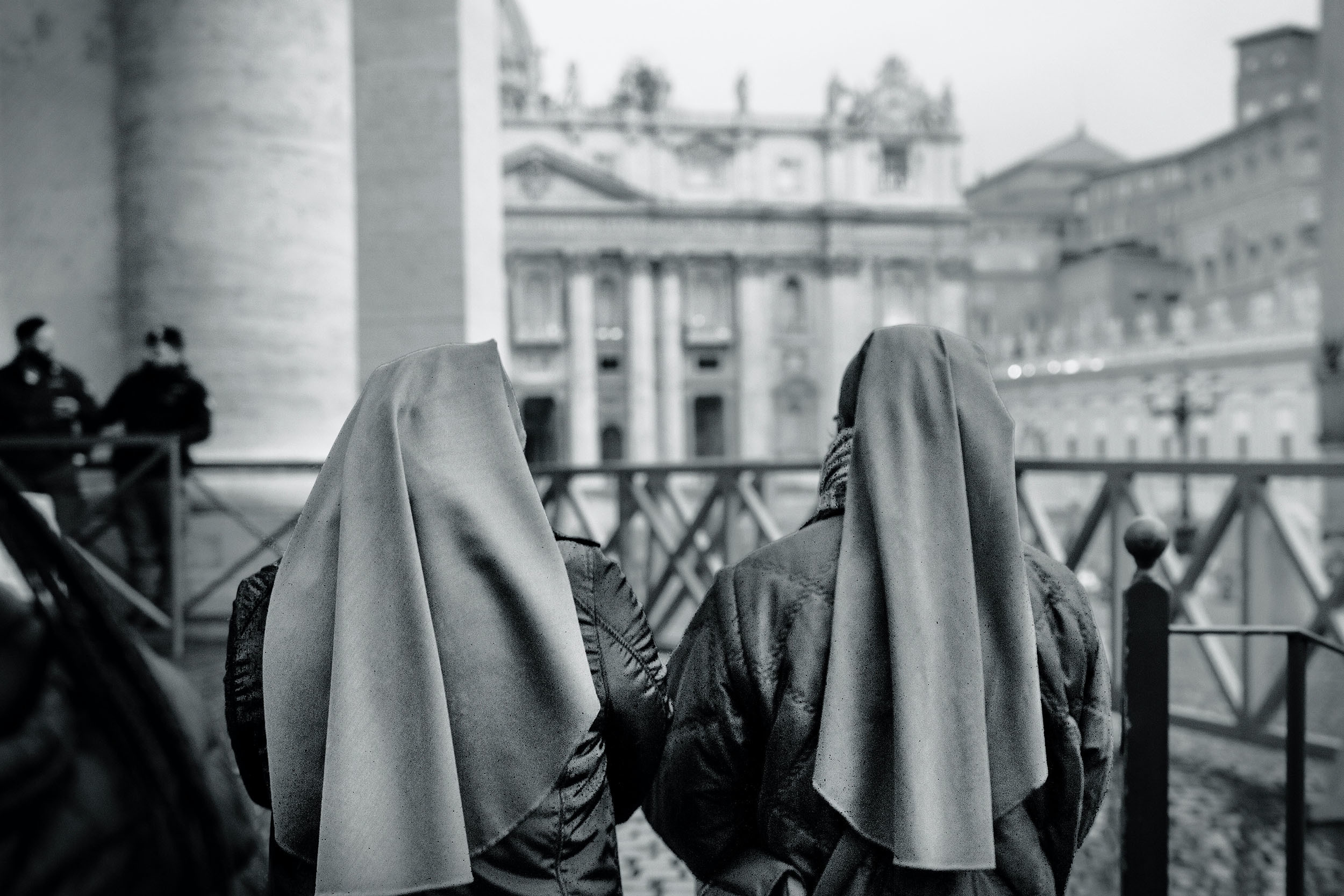
Although not quite as ‘international’ and ‘controversial’ as the purported sexual misconduct, there exists a ‘Hot Priest Calendar’ which can often be found in gift stands dotted through the streets of Rome nearby. As to the authenticity of its participants, no one can be certain.
I personally never saw the calendar but I rarely stopped to look unless there was a chocolate cornetto available nearby. Regardless, it sheds an interesting light on the contentious face of Holy See affairs that continue to arise.
Revenue Raising Is High on the Agenda
Attracting nearly twenty-five thousand visitors a day, the Sistine Chapel yields an annual income of eighty million euro. The Vatican’s economy is also supported by contributions from Roman Catholics worldwide and the sale of products and stamps.
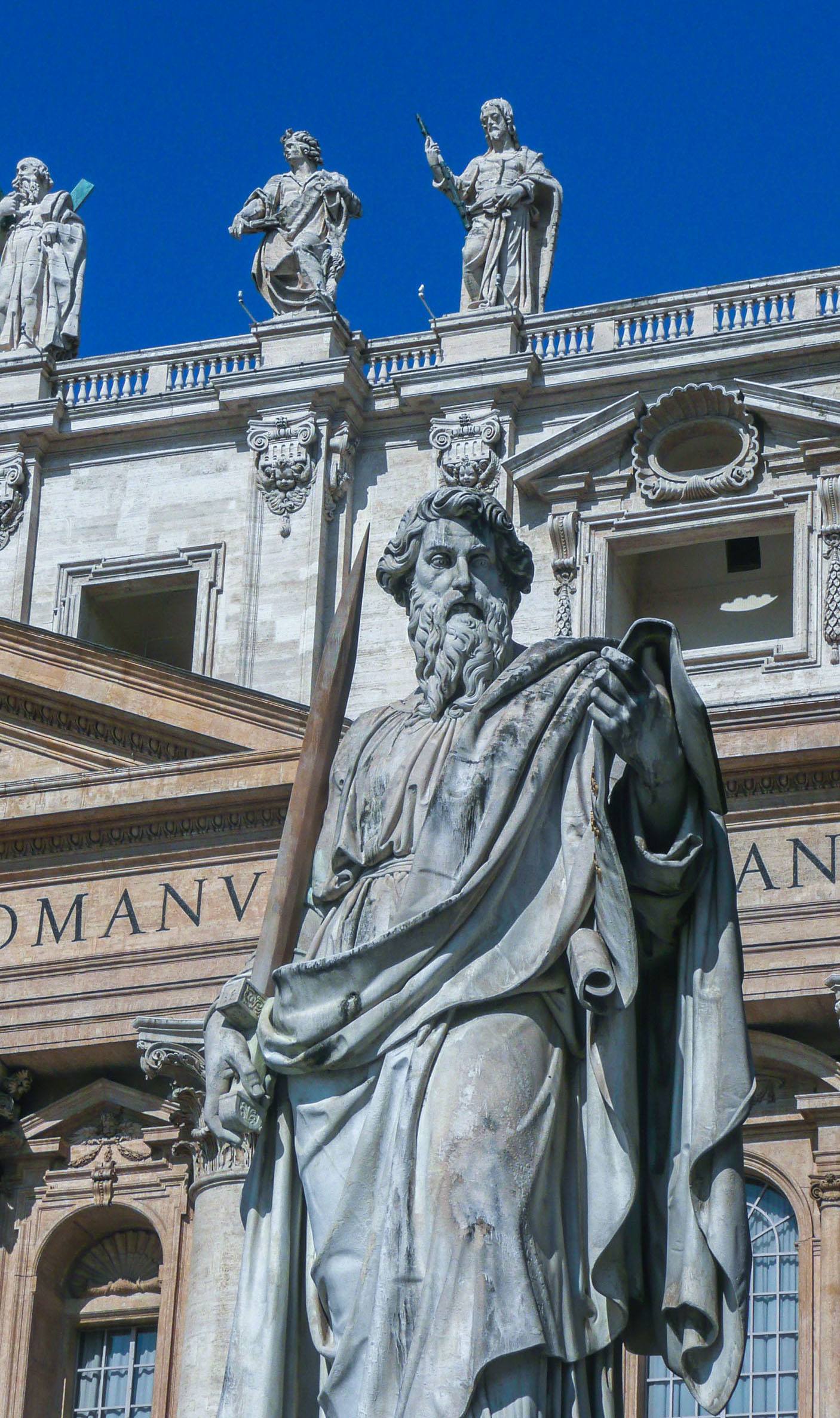
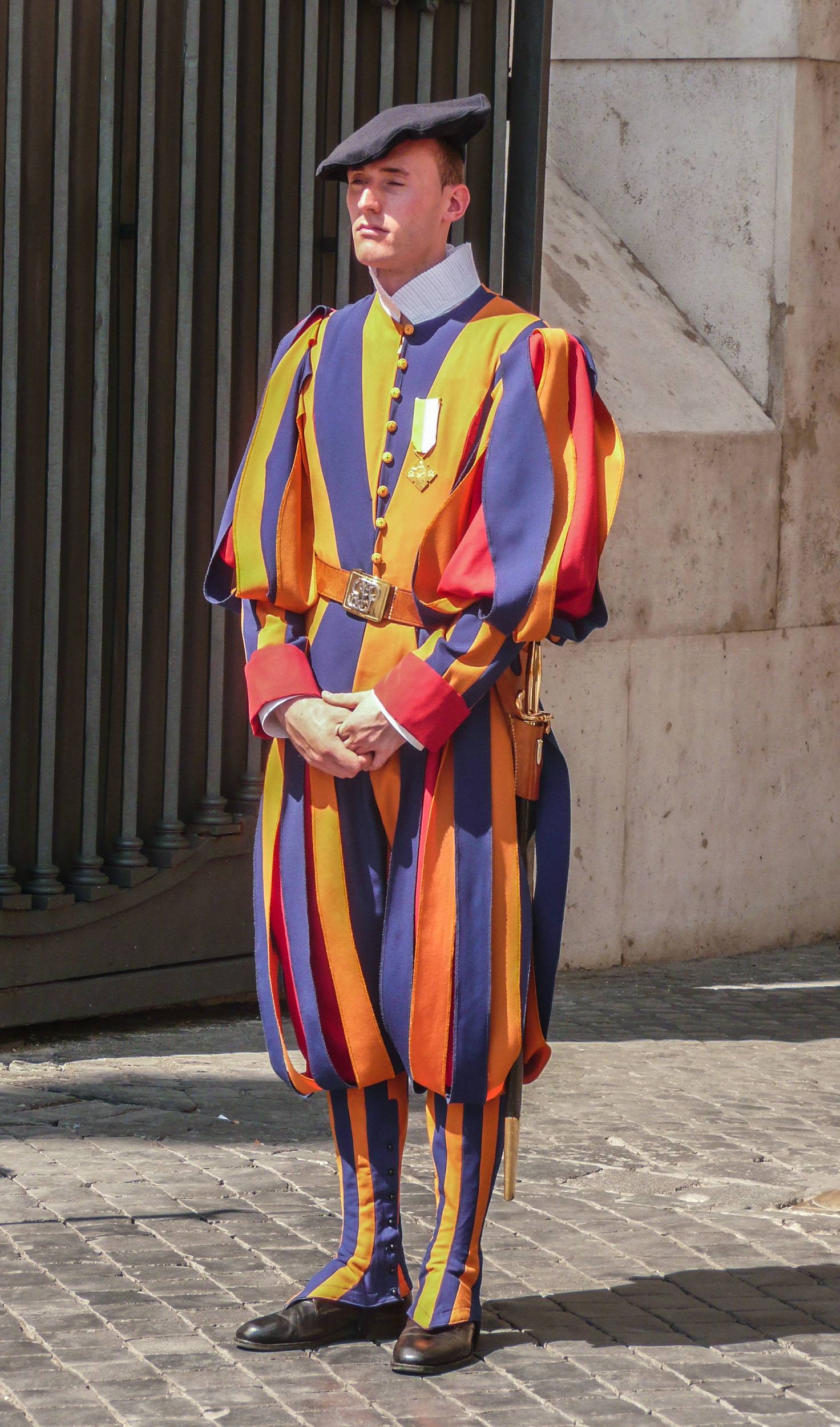
For a country with only several hundred citizens, its income per capita is exceptional.

Do you mind if I quote a few of your articles as long as I provide
credit and sources back to your webpage? My blog is
in the exact same area of interest as yours and my users would truly benefit from a lot of the information you
present here. Please let me know if this ok with you.
Thanks!
Feel free to visit my blog :: forbes.com
Hi Lilliana,
I’m more than happy for you to quote – and credit – my articles on forbes.com. In fact, it’d be an honour. I hope your users are able to benefit from some of the content I write. Thanks for getting in touch!
Ben